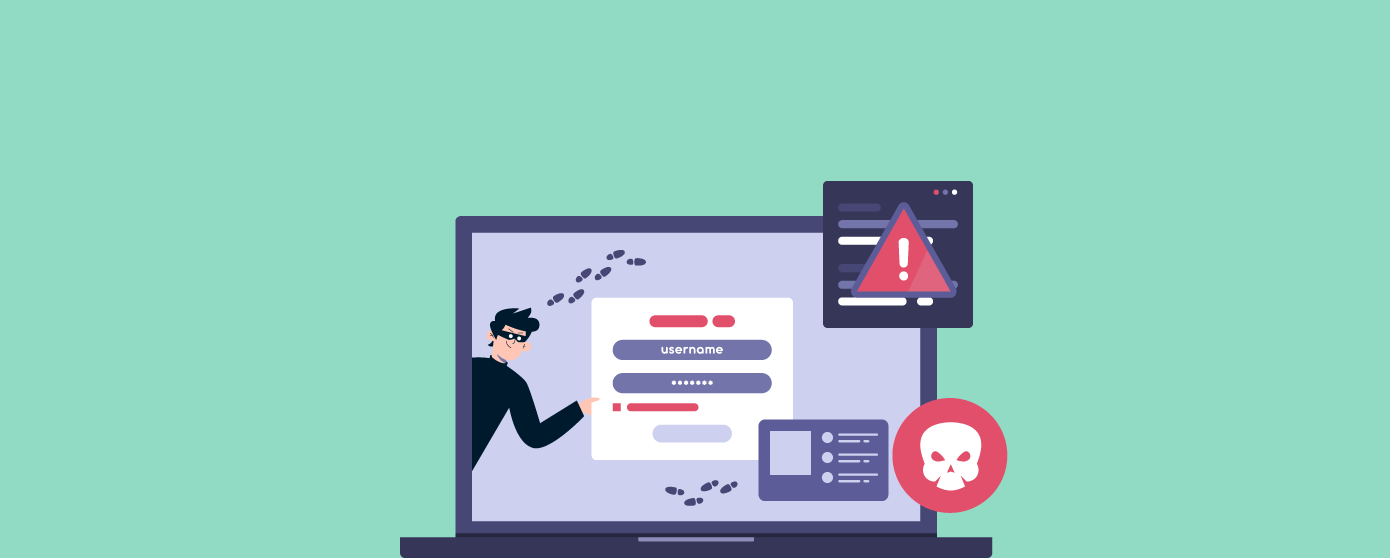
Serialization is the process of converting data structures or object states into a format that can be easily stored, transmitted, or reconstructed later.
While serialization facilitates data maintenance and communication between different systems, it also introduces security risks.
Serialization attacks exploit vulnerabilities in the serialization process to manipulate data, execute arbitrary code, or gain unauthorized access to systems.
This blog will explore serialization attacks, real-world examples, and effective prevention measures.
Serialization involves converting complex data structures or objects into a stream of bytes that can be stored or transmitted across networks. This process enables data to be reconstructed later or on a different system. Common serialization formats include JSON, XML, and binary formats like Java’s Object Serialization.
Deserialization is the reverse process, where the serialized data is converted back into its original object or data structure.
While serialization and deserialization are powerful processes for storage and data transfer, they also introduce security risks if not implemented securely.
Serialization vulnerabilities typically arise due to inadequate input validation and insufficient security controls during the deserialization process. Attackers exploit these weaknesses to manipulate serialized data and execute malicious actions. Key serialization vulnerabilities include:
Injection Attacks: Attackers inject malicious content into serialized data to trigger code execution or perform unauthorized actions. Learn about how to prevent SQL Injection in detail.
Remote Code Execution (RCE): By exploiting deserialization vulnerabilities, attackers can execute arbitrary code on the target system, leading to complete compromise.
Data Tampering: Attackers modify serialized data to tamper with application logic, access sensitive information, or bypass security controls.
Denial of Service (DoS): Serialization flaws may allow attackers to craft malicious payloads that cause excessive resource consumption, leading to service disruption or system crashes.
Adobe ColdFusion server was found vulnerable to CVE-2023-29300 in June 2023. This vulnerability involved a JNDI injection flaw that allowed for the deserialization of untrusted data, potentially resulting in Remote Code Execution. The root cause of this issue lay in the inadequate sanitization of user-provided input within the wddxPacket object transmitted via a POST request. Consequently, attackers, without authentication, were able to remotely execute arbitrary commands on the server.
This CVE was actively exploited by various threat actors, including cybercriminals and state-sponsored groups. Learn more about CVE-2023-29300 and AppTrana WAAP Coverage.
One of the most notorious serialization vulnerabilities occurred in Apache Struts, a popular Java web application framework.
In 2017, a critical deserialization vulnerability (CVE-2017-5638) was discovered in the Jakarta Multipart parser of Apache Struts 2. This vulnerability allowed attackers to execute arbitrary code remotely by sending a crafted Content-Type header in an HTTP request.
Exploitation of this vulnerability led to widespread compromises, including high-profile data breaches such as the Equifax incident, where sensitive personal information of millions of individuals was exposed.
Consider a web application that allows users to upload profile pictures, which are then serialized and stored in a database. The application uses a serialization format such as JSON or binary serialization to convert the image data into a format suitable for storage.
The attacker identifies a vulnerability in the web application that allows for the insecure deserialization of data.
Here are some effective strategies that help to strengthen your defenses against serialization attacks and minimize the risk of security breaches.
1. Input Validation
2. Secure Deserialization
3. Serialization Format Considerations
4. Security Testing
5. Avoid Serialization of Sensitive Data
6. Maintain a Log of Deserialization Failures and Exceptions
These proactive approaches enable you to detect and respond to serialization attacks on time, enhancing overall security posture.
Stay tuned for more relevant and interesting security articles. Follow Indusface on Facebook, Twitter, and LinkedIn.
This post was last modified on March 21, 2024 16:31
Explore crucial tactics like Asset Inventory, Patch Management, Access Control & Authentication, and additional best… Read More
Delve into the data privacy questions including consent protocols, data minimization strategies, user rights management,… Read More
Secure Node.js APIs using best practices: Employ proper HTTP methods, robust authentication, and API-specific security… Read More